Differences between acrylic and oil paint.
 May 15,2017
May 15,2017

 JCT
JCT
Acylic paint have the ability to bond to many different surfaces, and media can be used to modify their binding characteristics. Acylic paint can be used on paper, canvas and a range of other materials, however their use on engineered woods such as medium-density fiberboard can be problematic because of the porous nature of those surfaces.
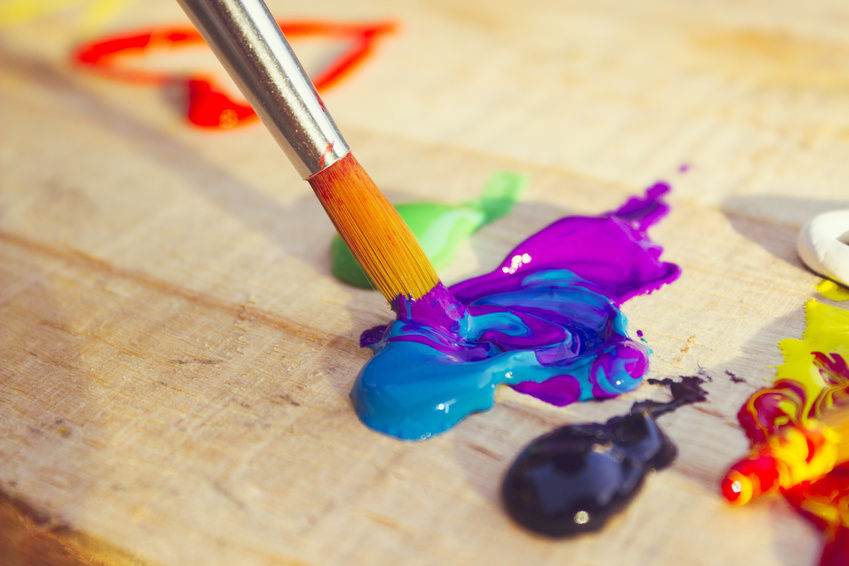
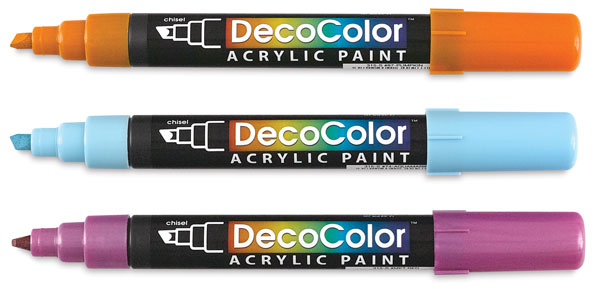
Oil paints may require the use of solvents such as mineral spirits or turpentine to thin the paint and clean up.
Oil paint has a higher pigment load than acrylic paint. As linseed oil contains a smaller molecule than acrylic paint, oil paint is able to absorb substantially more pigment.
Due to acrylic paints more flexible nature and more consistent drying time between layers, an artist does not have to follow the same rules of oil painting, where more medium must be applied to each layer to avoid cracking.
Meanwhile, acrylic paint is very elastic, which prevents cracking from occurring.
Another difference between oil and acrylic paints is the versatility offered by acrylic paints.
Another difference between oil and acrylic paint is the cleanup. Acrylic paint can be cleaned out of a brush with any soap, while oil paint needs a specific type to be sure to get all the oil out of the brushes. Also, it is easier to let a palette with oil paint dry and then scrape the paint off, whereas one can easily clean wet acrylic paint with water.

Acrylic paint mixer is a kind of highly efficient and versatile mixer with mixing, dispersing, cutting and mixing function;There are three different types of mixers in the blender,One of the groups of agitator rotates around the central axis of the kettle body,The other two groups of mixing device with different speed rotation speed,To make the material in the kettle for complex movement.The material is strongly cut and mixed.in the equipment, shape blade around the axis of the kettle body rotation, on the cylinder wall and bottom material scraped off and reinvolved in mixing, mixing effect is more ideal.



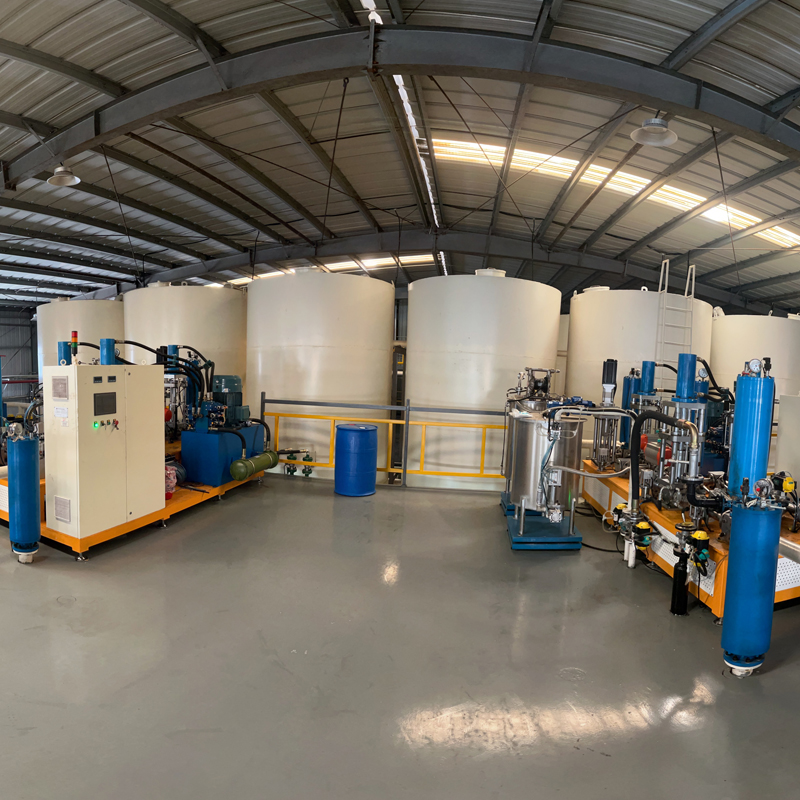
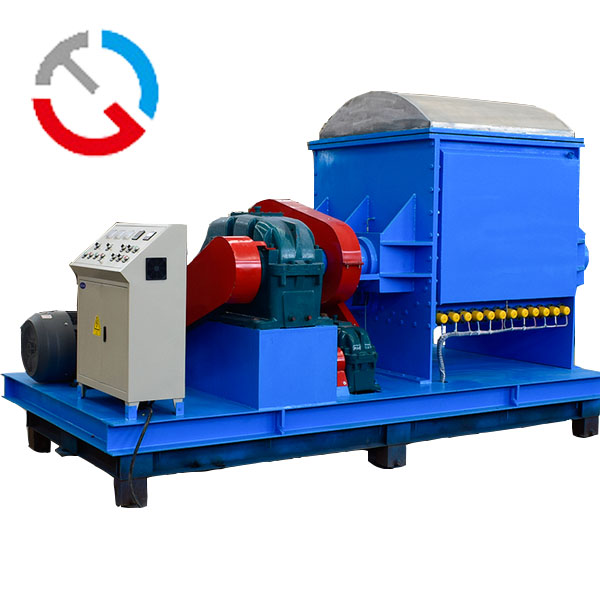
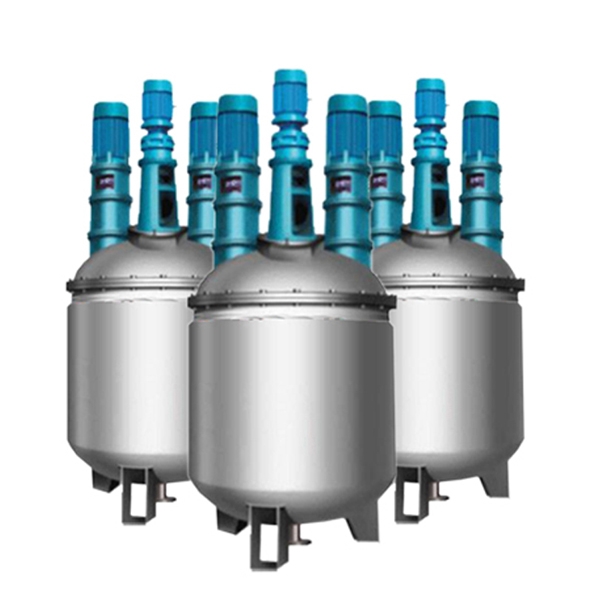
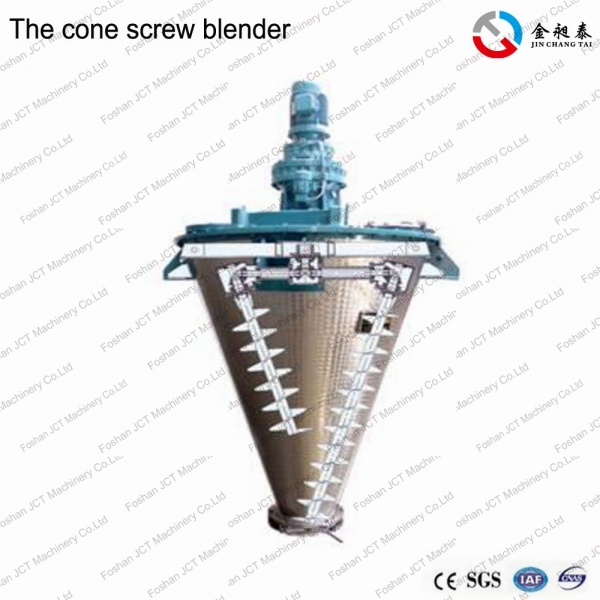


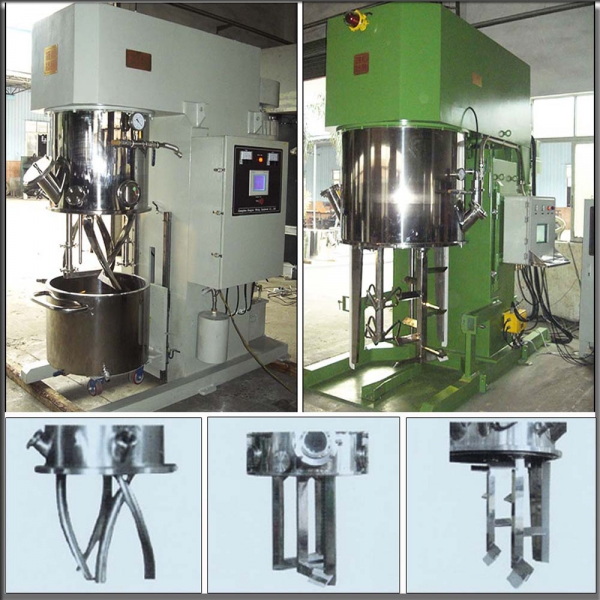





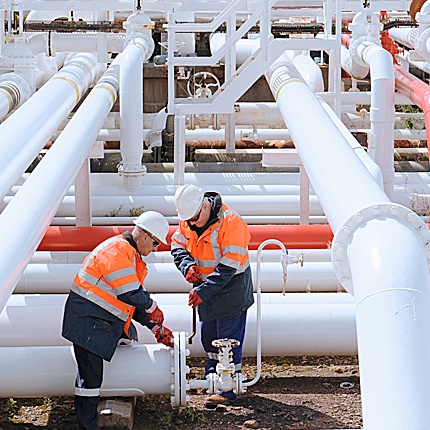

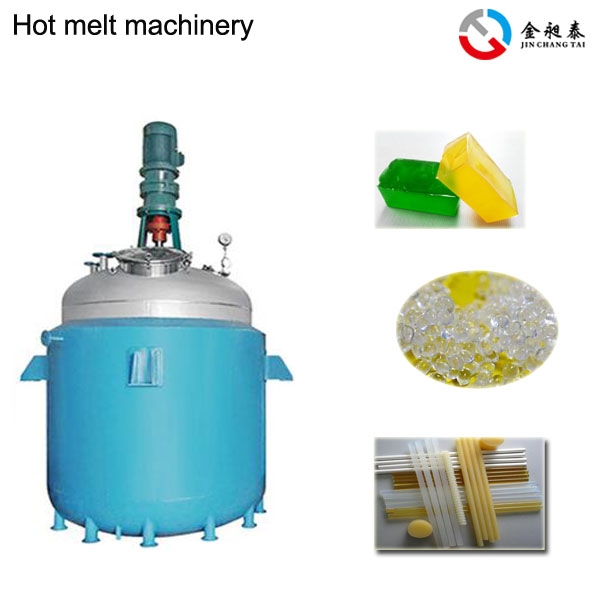
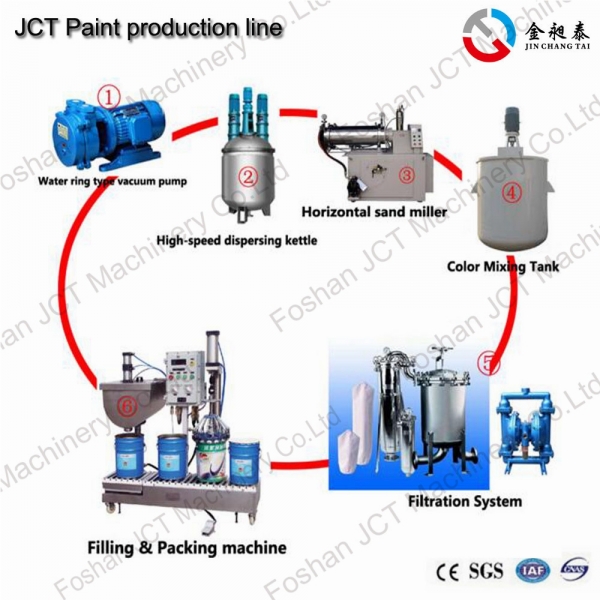
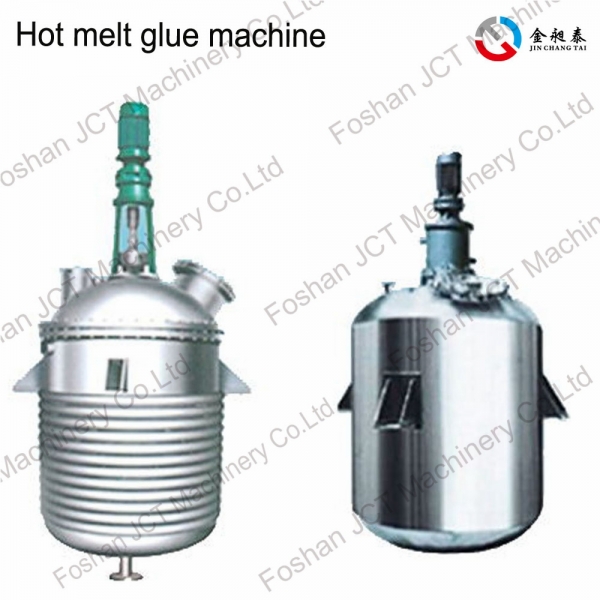
 CN
CN
 HOME
HOME The best stainless steel pressure vessel in stainless vessel manufacturer JCT!
The best stainless steel pressure vessel in stainless vessel manufacturer JCT!  You May Also Like
You May Also Like
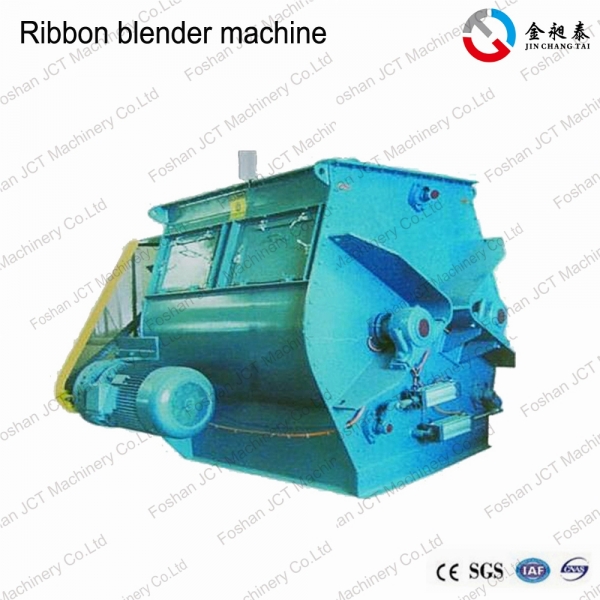

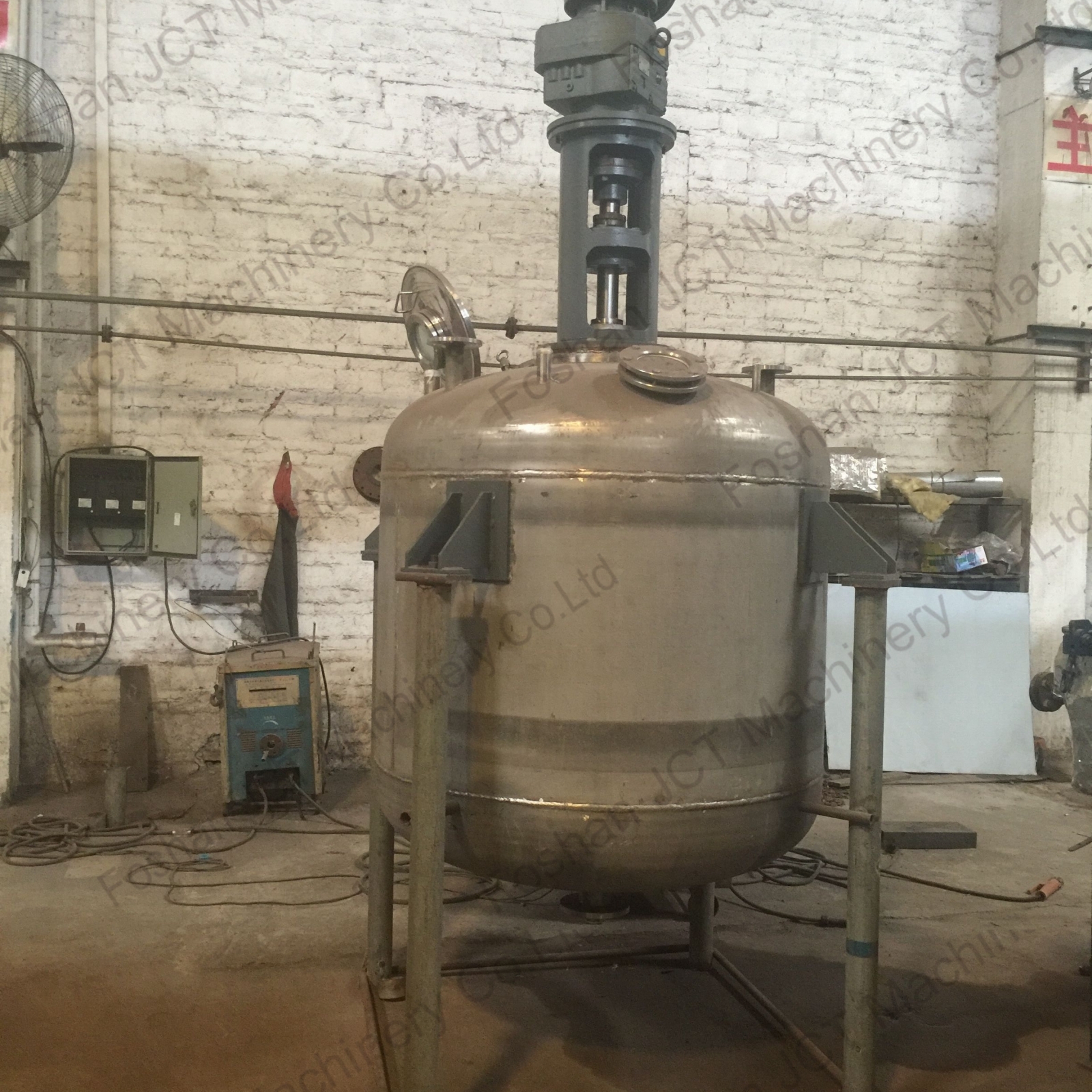
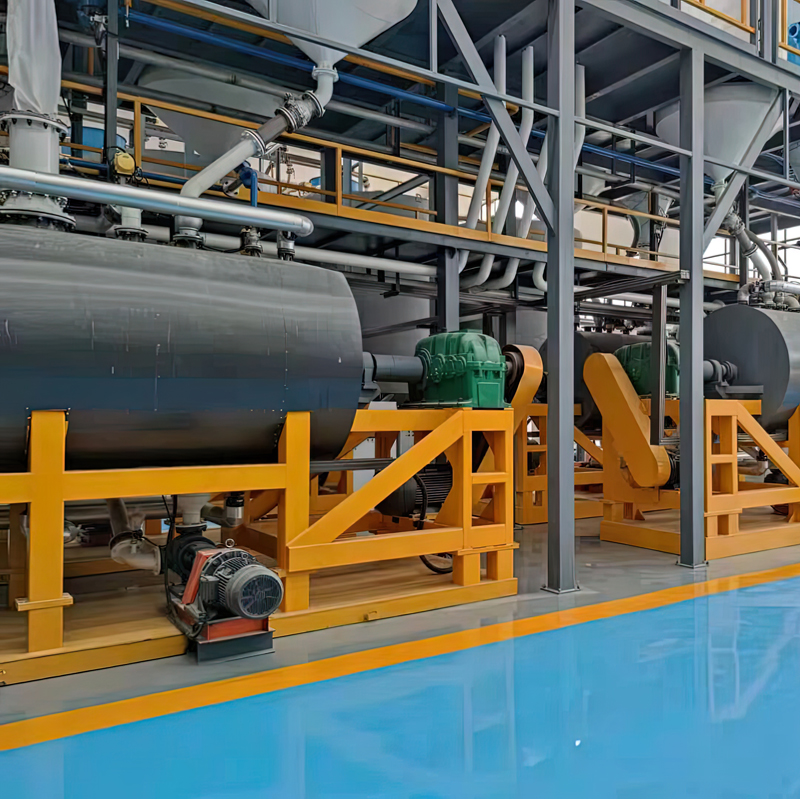

 Tel
Tel
 Email
Email
 Address
Address










